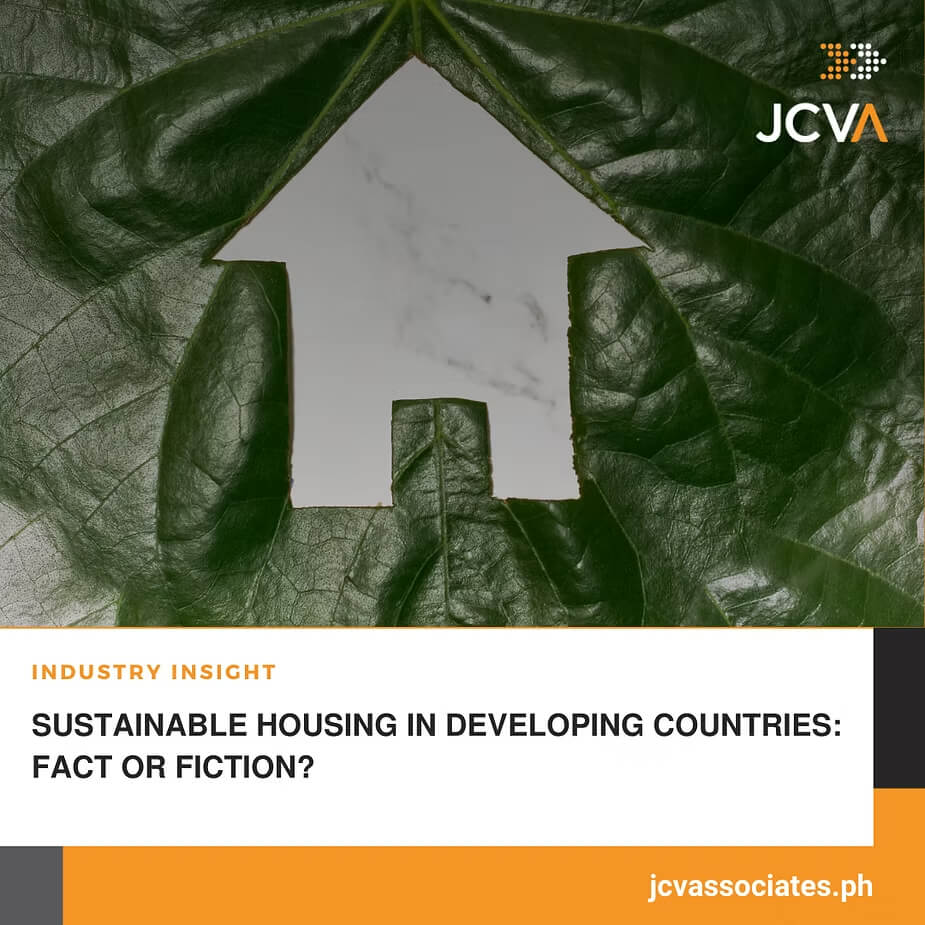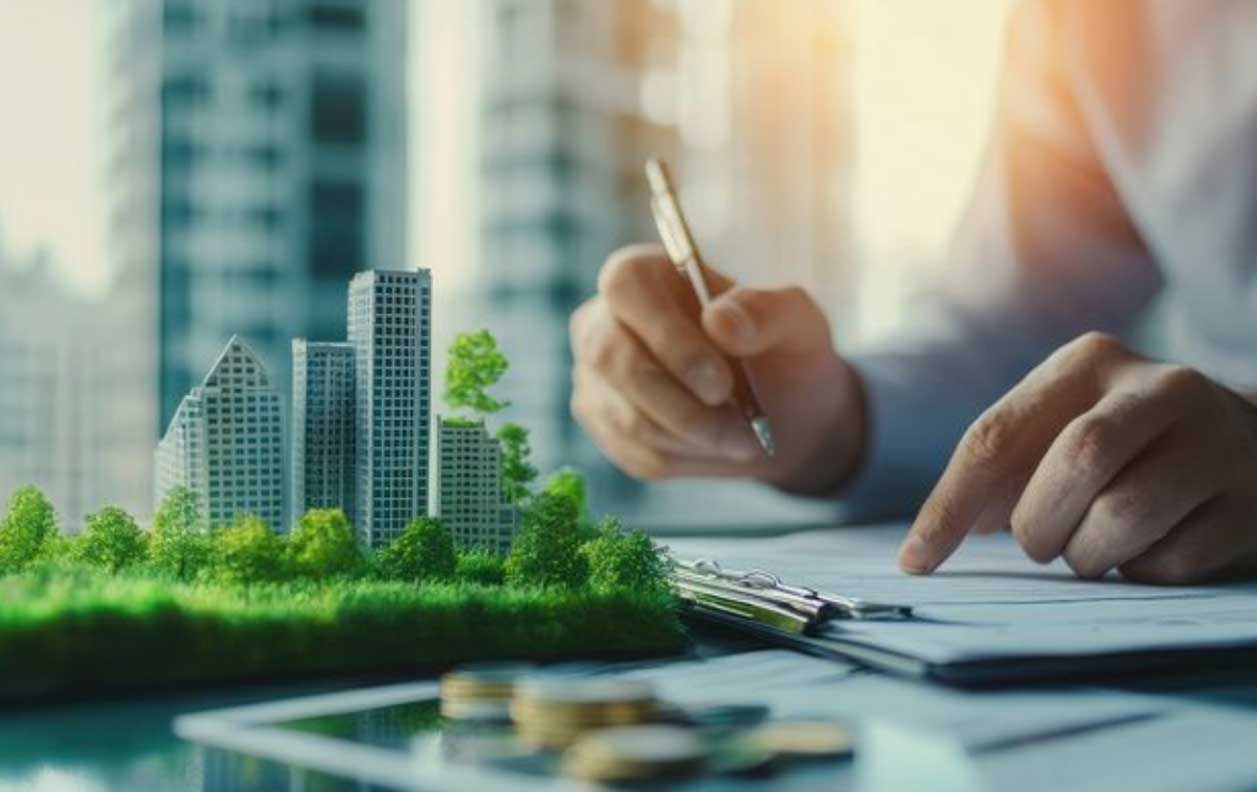
On a global scale, a pressing need for more sustainable urban housing has been highlighted for over two decades. However, in contrast, the environmental performance of the built environment of low-income populations or the so-called semi-formal or informal building sector is largely overlooked.
In developing countries especially, it is important to consider how urban estate affects the environment and surrounding communities. This blog adds to the conversation about this topic, which is becoming increasingly important as an element of the building sector in developing countries. While the percentage of people in Asia and the Pacific still living in informal settlements has declined, the absolute number of people in these areas is still growing. This attribute highlights that poverty and inequality remain hallmarks of the “urban century.”
The latest research raises the question as to how we can overcome the obstacle of providing affordable, resilient housing to those on lower incomes. At the same time, it is cost-efficient, disaster-resilient, and socially inclusive.
Round bamboo is a suitable material for housing because of its wide availability, rapid growth rate, and cultural significance. It also has qualities and the ability to be built into performance-building concepts (Barile 2007; Base Builds 2015).
Compared to laminated bamboo, the use of round bamboo in innovative construction concepts does not require investment in industrial processing facilities, provides decentralized supply and employment in areas where social impact creation is most needed and matches local skill levels.
A home technology was piloted in 2012 that relies entirely on bamboo for its structural elements due to its resilience during natural catastrophes and lower cost than the social housing standard materials now utilized across the Philippines. The Base Bahay Foundation was set up in 2014 and has implemented Cement Bamboo Frame Technology (CBFT). By 2018, over 750 homes had been constructed using the CBFT approach, and a local supply chain for engineered bamboo had been set up, generating significant rural-area employment. In 2019, BASE morphed into a research center for bamboo building, aiming to advance technology and provide education and training to the construction industry.
Through initiatives by NGOs and private foundations, an invaluable green value chain was created that included the livelihood of bamboo farmers and workers in the supply and treatment process.
Soil-cement blocks produced from readily available soil in the area were developed to withstand earthquakes. They also contain qualities that help maintain a comfortable temperature within buildings.
Moreover, using Stabilized Concrete Earth Blocks (SCEB) has been shown to reduce home building costs by up to 30 percent. However, SCEB is not as popular as the Concrete Hollow Block (CHB) despite this. Due to the absence or lack of sufficient technology and specifications for the manufacture and use of SCEB in the Philippines, this resource remains an underutilized raw material.
With a waste stream of 16 billion coconuts produced annually in the Philippines, the coconut husk is suitable for pressing into coconut boards for cladding of frame-based houses (Keijsers et al. 2006; Philippine Coconut Authority 2012; Boeger et al. 2017).
This technology represents a third key option for the Philippine market, with the potential to replace wood-based boards in a country experiencing massive deforestation.
These examples show hope for socialized housing in the Philippines, despite the common perception of the contrary. Our task is to foster more cooperation among the community, in particular, the government and the underserved community.
Such conversations must become more inclusive, adding stakeholders and decision-makers from key sectors to gain relevance in fast-growing sectors of the economies.
Undoing decades of poor urban planning and development in most cities can be challenging. Still, we are responsible for guiding and managing future developments to promote resilience and sustainability by working in partnership with other government agencies, LGUs (local government units), and other stakeholders.
Finding ways to innovate while maintaining sustainability is not impossible. We at JCVA aim to become leading stewards of green and economic development in the country. Where businesses and homes are not only built for the better but also where communities continue to thrive. Check out our website at jcvassociates.ph to learn more about our service offerings or get in touch with us by emailing us at info@jcvasssociates.ph.
We manage risks, build strong stakeholder relationships, and deliver solutions that reflect global best practices, backed by deep local industry knowledge.
If you're looking for a reliable partner to bring your vision to life, JCVA is here to build it with you.

